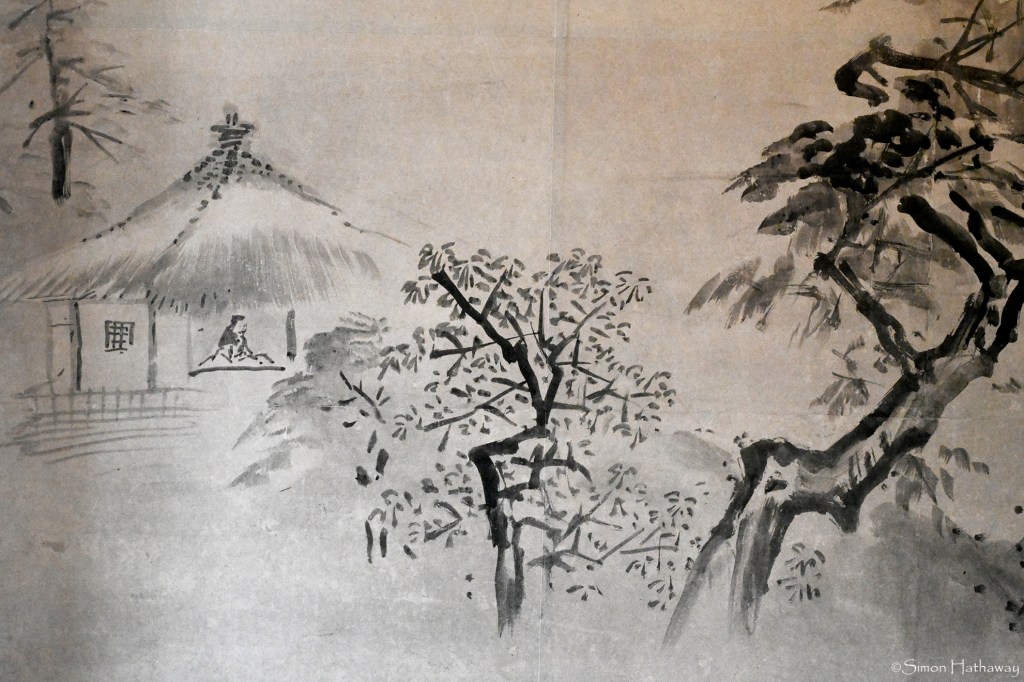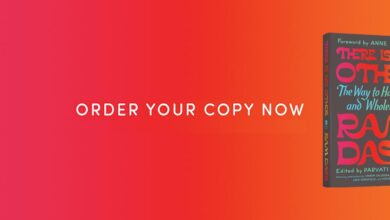The Diamond Sutra (12) – Zen Fools

Part 4-2
“Subhuti, what do you think — is the space to the east measurable in thought?” “No, World Honoured One.”
“Subhuti, is the space to the south, or the west, or the north, or the four intermediate directions, or the zenith, or the nadir, measurable in thought?” “No, World Honoured One.”
“Subhuti, the merit of the Bodhisattvas’ practice of charity without dwelling on forms is also like this—it cannot be measured in thought.”
“Subhuti, the Bodhisattvas should live just as they are taught.”

Commentary:
What must be kept in mind is that the core of Buddhism is non-duality (Buddha-nature), meaning that everything is one. This oneness is referred to as Emptiness, Buddha, Tathagata, or Buddha-nature. Experiencing this state directly is called enlightenment, also described as “seeing the Buddha” or “reaching the Pure Land,” and it is the ultimate goal of Buddhism.
The belief that everything is separate and distinct from each other, swayed by forms and names—in other words, seeing everything only in terms of forms (images, sounds and words) and not in terms of Emptiness—is what defines the world of sentient beings, or the world of suffering. Ancient masters would say, “Calamity does not come alone.” This means that seeing everything solely as forms and not as Emptiness is the root of all suffering. Therefore, we must avoid the error of regarding giver, alms, the act of giving in charity, or merit as separate from Buddha-nature.
When practising giving in charity, one should not cling to the concepts or names of “giving” or “merit.” Only then can we realise non-duality, the Buddha-nature or Tathagata, which we seek. This is true giving in charity, leading to immeasurable merits. Giving that is bound by the names and forms of “giving” or “merit” merely constitutes good karma and differs from the true giving or merit as taught by the Buddha, which aims for enlightenment without attachment to anything. The ancient masters’ sayings, such as “Let not even the right hand know what the right hand does” or “Even good deeds are not as good as doing nothing,” all urge us to avoid clinging to anything.
Thus, the phrase “Bodhisattvas should abide as taught” means that we, as Buddhists, should not cling to images or words. We should see everything, including ourselves, as non-duality, the Buddha—and regard the place where we are as the Pure Land.
If we strive to apply this teaching to everything we see and hear in daily life, that itself is true practice. Just as true giving becomes possible when giving and Buddha-nature become one, true practice is possible when daily life and practice are not separate but one as the function of the true-Self. If you apply the Buddha’s teaching to yourself at this very moment while reading this text, you should not merely linger on the words. Instead, try to see this text and yourself as one, that is, not as a person and text, but as the functioning of the true-Self. This effort is true practice and the proper attitude for reading scriptures. When reading scriptures and practising become one as the functioning of the true-Self, that is the true practice of abiding nowhere, as taught by the Buddha.
Disciple: “What is merit?”
Master: “As long as you seek it, you cannot attain it.”
Disciple: “How can I abide as taught?”
Master: “There is nothing taught.”
©Boo Ahm
All writing ©Boo Ahm. All images ©Simon Hathaway




